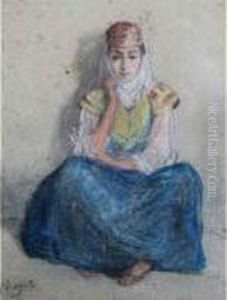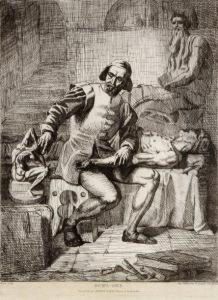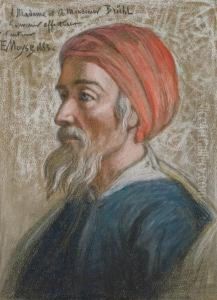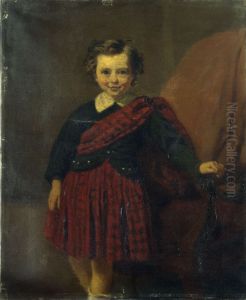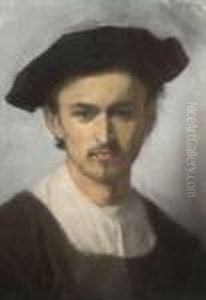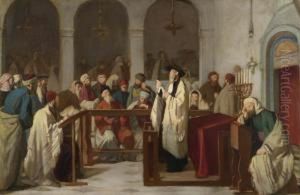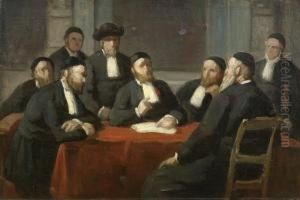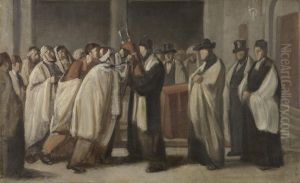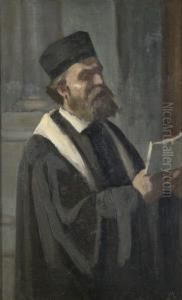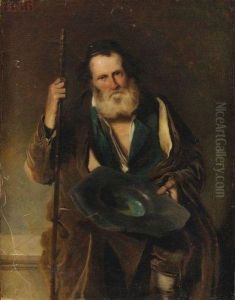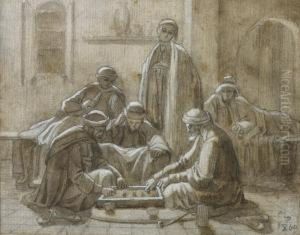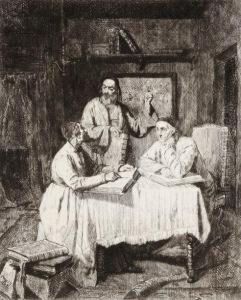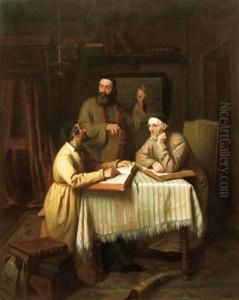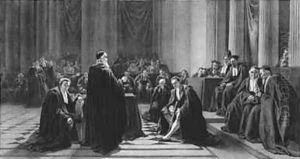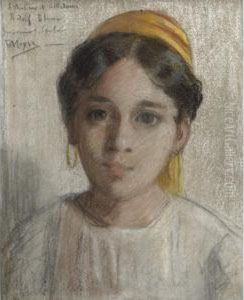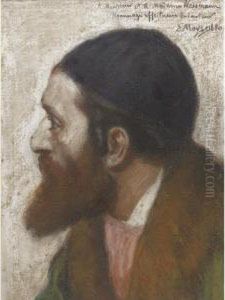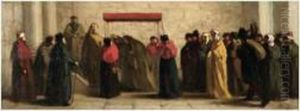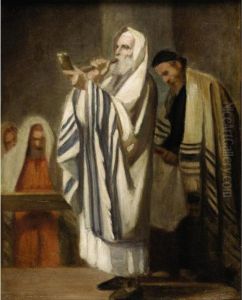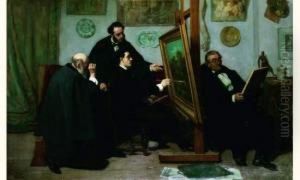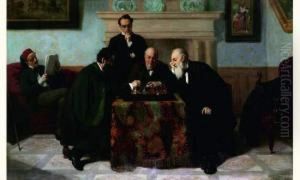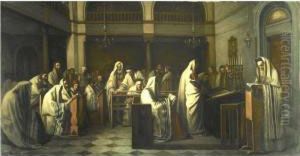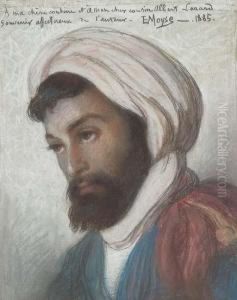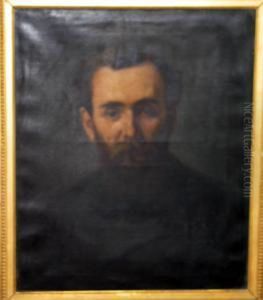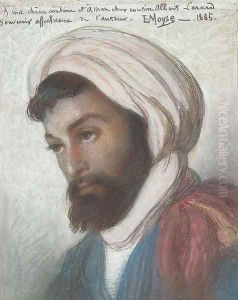Edouard Moyse Paintings
Édouard Moyse, a noteworthy French artist, was born on November 3, 1827, in Nancy, France. He was particularly famous for his works depicting Jewish life and history, which made him a significant figure in 19th-century European art.
Moyse received his formal art education at the École des Beaux-Arts in Paris. Under the tutelage of esteemed painters such as Paul Delaroche and Léon Cogniet, Moyse honed his skills in painting and drawing, developing a keen eye for detail and a profound sensitivity to his subjects.
Throughout his career, Édouard Moyse was deeply influenced by his Jewish heritage, which served as the central theme of many of his works. He was committed to portraying the richness and complexities of Jewish culture and traditions. His paintings often illustrate scenes from the Bible, moments of daily life in Jewish communities, and historical events of significance to the Jewish people.
Moyse's artwork received recognition for its authenticity and emotional depth. He was praised for his ability to capture the nuances of light and shadow, which brought a lifelike quality to his subjects. His paintings were not only aesthetically pleasing but also served as a cultural bridge, educating and informing a wider audience about Jewish life at a time when such depictions were rare in the arts.
As an artist, Moyse was a part of the Orientalist movement, which was characterized by Western artists' fascination with Middle Eastern, North African, and Asian cultures. However, his focus remained predominantly on Jewish themes, distinguishing him from his contemporaries who often depicted more generalized Orientalist subjects.
Édouard Moyse continued to create art until his later years, leaving behind a legacy of works that offer a window into the Jewish experience of his time. He passed away on October 16, 1908, in Paris. Today, his works are displayed in various art collections and museums around the world, serving as a testament to his artistic talent and cultural contributions.
